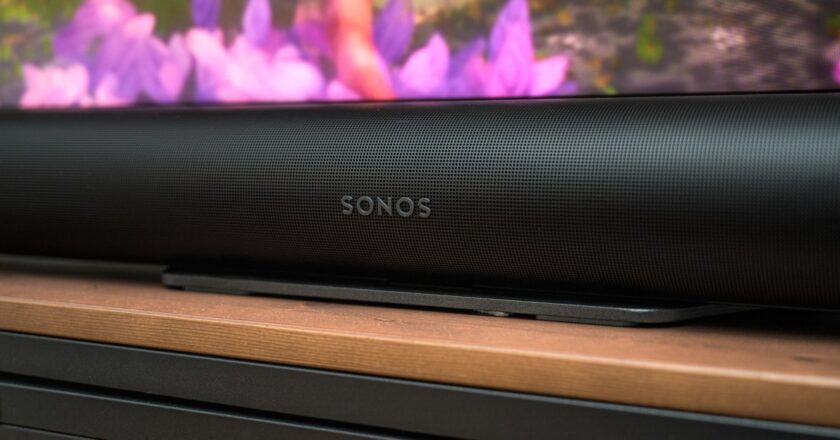Wicked: For Good is a soaring second act that brings it all full circle
When Jon M. Chu first announced that his big-screen Wicked adaptation would be split into two parts, there was concern about whether the original musical’s second act could be fashioned into a fully fleshed-out movie. Compared to the stage show’s lengthy first act, where all the musical’s most recognizable songs are front-loaded, the second act is shorter and moves at a much faster pace while picking up after a big time jump. It was easy to imagine Wicked: Part Two (the original title) being too disorienting and frenetic to work as a standalone feature. But Wicked: For Good proves that Universal made the right call by giving this epic fantasy more space to breathe and really dig into what makes its characters tick.Though it would have been understandable if Wicked: For Good immediately ...










